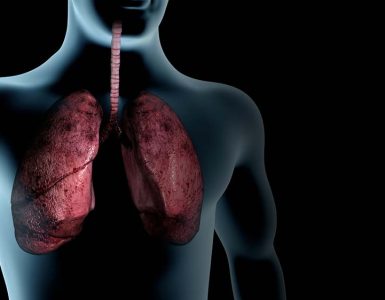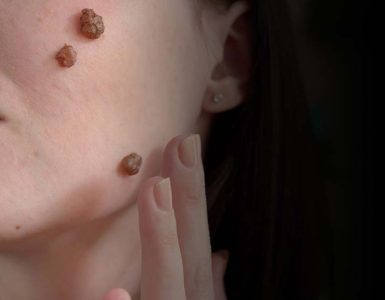The revelation of antibiotics was an achievement to control infectious pathologies and enhance feed effectiveness (Engberg et al., 2000). Antibiotics extracted from the natural or synthetic origin are used to both destroy bacteria and prevent proliferation. Generally, antibiotics are formed by lower fungi or certain bacteria to treat and prevent infections in humans and animals. However, scientific evidence suggested that the massive use of these compounds has led to increasing the problem of antibiotic resistance (Forgetta et al., 2012). The use of antibiotics combined with strict biosecurity has helped the poultry industry to develop by preventing many avian diseases. Vaccination can also be used as an additional measure that supplements this biosecurity. A vaccine provides support to the immune system by fixing it against certain pathogens like bacteria and viruses that may be harmful in the future. The type of vaccine and Vaccination protocols used vary from farm to farm and country to country. Many factors affect the vaccination methods such as place, species, and the number of manpower, production cycle, and type of production. The vaccination preference also depends on the health status of poultry and vaccine costs and maternal immunity.
Antibiotics are generally used in modern broiler breeding to treat certain diseases for disease prevention and to improve growth rates as antimicrobial growth promoter agents (GAPs). Huyghebaert et al. (2011) informed that antibiotics were used in broiler diets as growth promoters in the 1960s. However, the European Commission decided on January 1, 2006, to eliminate and eventually ban their use as growth promoters in animal feed due to the potential risk of antibiotic-resistant bacteria. This exclusion forces the livestock industry towards developing alternatives. In search of a suitable replacement, a variety of plant metabolites with anti-inflammatory, antibacterial, and antioxidant activity have been investigated as potential candidates to replace antibiotics.
Prickly pear is a flowering plant that belongs to the cactus family Cactaceae. It is also known as Opuntiaficus-indica (OFI) and considered a widely used plant in traditional medicine that grows in arid and semi-arid regions and is largely distributed throughout Latin America and South Africa. Previous research work confirmed the anti-inflammatory, antioxidant, anti-ulcerogenic, anticancer, anti-diabetic, and common nutritional properties. Pineda-Quiroga et al. (2017) studied that its fruit has multiple significant functional and nutritional properties and can be used to recover the performance of livestock, including broilers. Therefore, the nutritional and chemical properties of OFI fruit make it a potential candidate for improving chicken broiler’s performance by completing their nutritional needs and enhancing yield, while avoiding the undesirable effects of GAPs.
‘International Journal of Poultry Sciences’ published a research of Belghiti et al. (2021) to investigate the use of OFI fruit as a phytobiotic growth promoter in the diet of broiler chickens. The researchers stated that the incorporation of prickly pear fruit into the broiler chicken diet enhanced weight gain, feed intake, and zootechnical performance. Further studies are needed to investigate the optimum conditions for the application and production of a balanced OFI fruit diet-based formula.
















Add comment